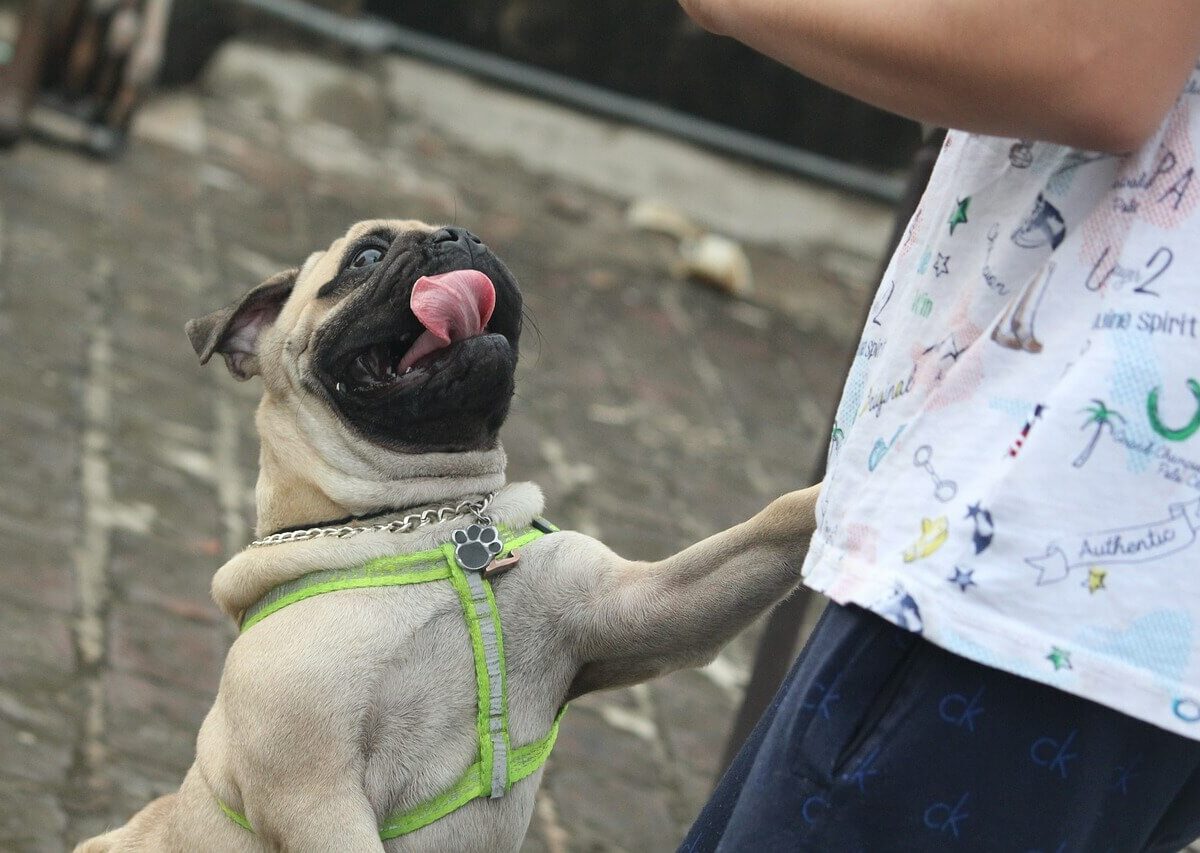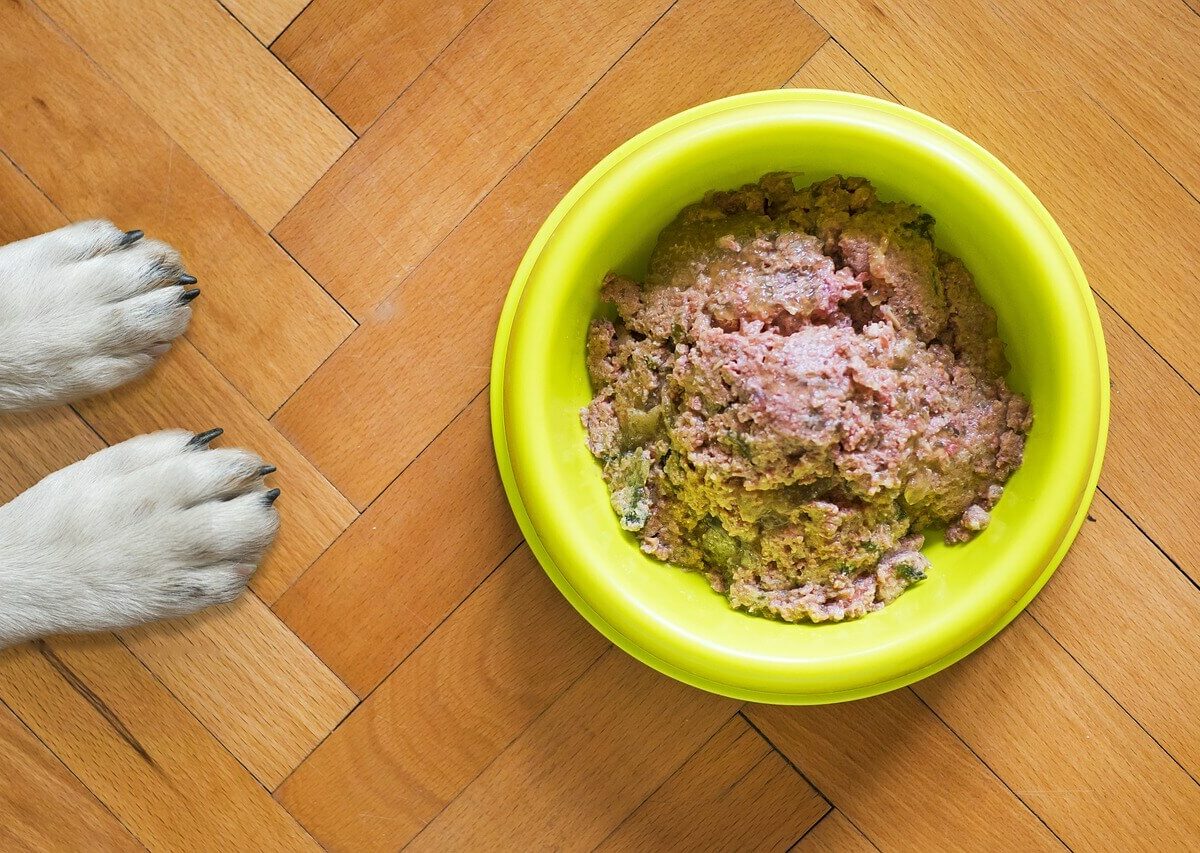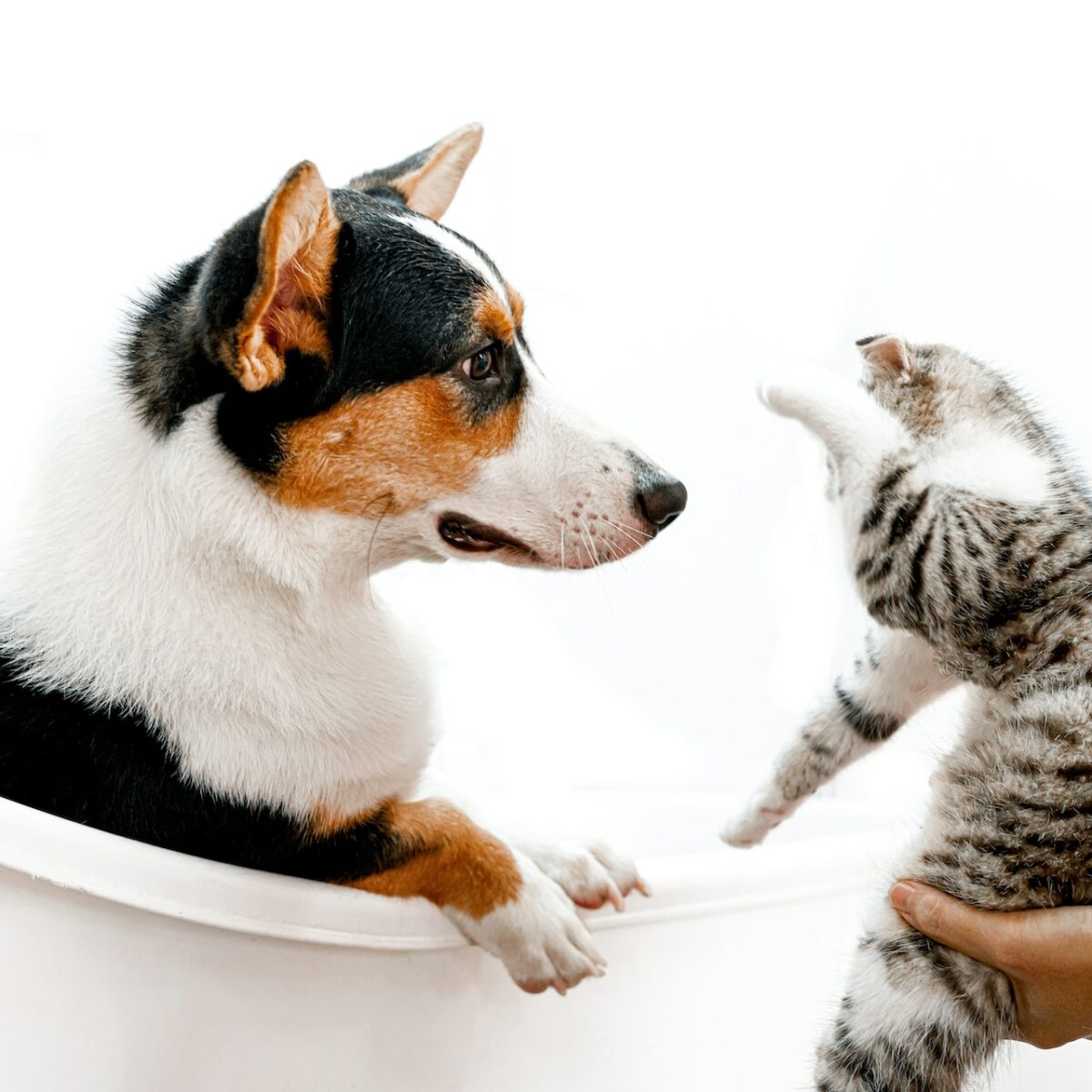- We speak for those who have no voice
- (+27) 028 312 1281
- (+27) 072 360 0102
- adoptions@hermanusanimalwelfare.co.za
How to Introduce Kids to Your Adopted Dog

Guidelines on Adopting a New Cat or Kitten
May 16, 2023
Your Dog’s Basic Needs
May 22, 2023Hopefully your children and any other family member, who will have daily contact
Your children will naturally be very excited about getting a dog but it is very important that your dog is not crowded by your children or forced to interact with them when he arrives at home. Give him a chance to quietly investigate his new surroundings and let his excitement wear off a bit.
Allow the dog to explore the garden at his own pace and make sure that your children just let him be. A new game or toy might help them to keep their excitement under control. You could also bring him home while your children are at school or away.
Once Fluffy has investigated the area and seems more settled, give your children some nice small doggy treats. Allow them to call the dog and offer him the treats on a flat hand when he comes to them. Is the dog very shy throw the treats at his feet first to break the ice. A dog used to children might initiate contact. Praise and treat.
For the first two weeks ask your children to let the dog approach them rather than the other way around. Teach them not to go to him if he does not want to come to them. This will give him the time and space he needs to settle in and build up his confidence with them.
It’s a good idea to have an area of the house and/or garden that is the dog’s “den” where the children are not allowed to go.
Teach your children some important principles and make sure that all visiting kids comply as well.
To be safe DO NOT LEAVE CHILDREN AND DOGS UNSUPERVISED AT ANY TIME
A dog is not a toy. Give your child guidance when handling or picking up a dog.
Never allow a child to tease or torment any dog or puppy.
Dogs often do not like to be hugged, cuddled or picked up. You will have to find out gradually if your new dog accepts this.
Teach your children never to approach a dog whilst he is eating, sleeping or chewing on a bone / toy. Allocate a space to your dog where he can have some peace and teach your children not to disturb the dog there.
Ask them not to take toys (even things he might have stolen from them) away from him. Teach your dog a “drop it” command. Until then it’s up to the adults to retrieve the article, for example by swopping the stolen object with a treat or something he is allowed to have.
Avoid tugging games unless all family members can stop the game and safely take the toy away from the dog. Do not allow the dog to chase your children. Ball games are a much better option.
Teach your children to stroke a dog under the chin and throat or on his side rather than patting his head. Kids may stroke the dog once it is calm (sitting or standing). Ask the kids to stand slightly to the side and slowly stroke the chest. Stay away from the muzzle. Explain to them that the dog will be much calmer if it can see their hand and that if they try to stroke the top of his head or the back of his neck he will naturally look up to see where their hand has gone.
Explain to your children that they should not make direct eye contact with dogs or stare at them as they might misinterpret this as threatening.
Teach your children to immediately stop any interaction with any dog and slowly back away should he ever growl at them. No screaming, no fast movements.Children should be taught to “be a tree” or “be a hedgehog” if afraid of any dog.
Do not punish your dog for growling at your children. See it as his way of expressing himself and showing that he is uncomfortable with what is happening. Punishing him for growling might teach your dog not to give any warning signs before he bites.
If you are unsure please contact the shelter for further advice and help. Rather be safe.
Look out for signs from your dog that could indicate uneasiness or anxiety e.g. turning the head away, averting the gaze, lip licking, yawning, sitting down – sometimes with his back turned towards you, ears held back, sniffing the ground, tail tugged between the legs…
Remember that high pitched squeals of excited children and running can upset a dog unfamiliar to kids or could trigger a chase response. Dogs with strong herding instincts might nip at the ankles. Be ready to step in and calm down the situation before things get out of hand.
As your dog settles in and gets confident with everybody, involve your children in your daily routines with your dog, e.g. grooming, training, feeding…
A dog can be a wonderful addition to any family.
Enjoy your new family dog and enjoy watching your children having fun with their new friend.




